Kids Plastic Sandbox
Ready to explore animal habitats around the world, from rainforests to deserts and everything in between? These fun activities are just what you're looking for. Take a walk on the wild side!
1. Start with an anchor chart.
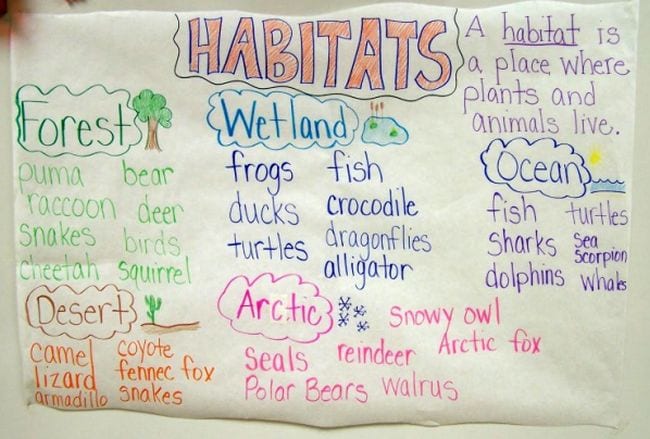
Anchor charts are a terrific way to help kids focus (and re-focus later) on the subject at hand. For animal habitats, try a chart showing the characteristics of each habitat, or the animals that live there.
Learn more: Fun in First
2. Use free animal habitat sorting mats.

This collection of six free printable sorting mats covers all the major habitats and is perfect for introducing the concept to little learners.
Learn more: Totschooling
3. Clip the right habitat.
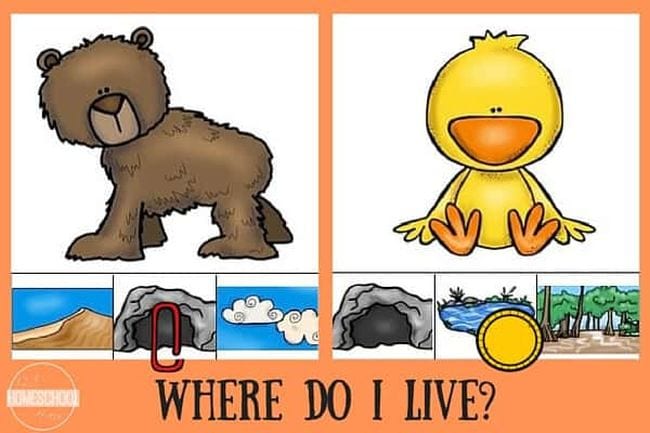
Here's another fun way to help young kids learn about animal habitats. Use clothespins to clip the correct ecosystem for the animal shown on each of these free printable cards.
Learn more: 123Homeschool4Me
4. Color and learn about biomes.

These free coloring pages describe five major habitats and show a variety of animals for kids to color as they learn.
Learn more: Kindergarten Worksheets and Games
5. Play with animal habitats sensory tubs.
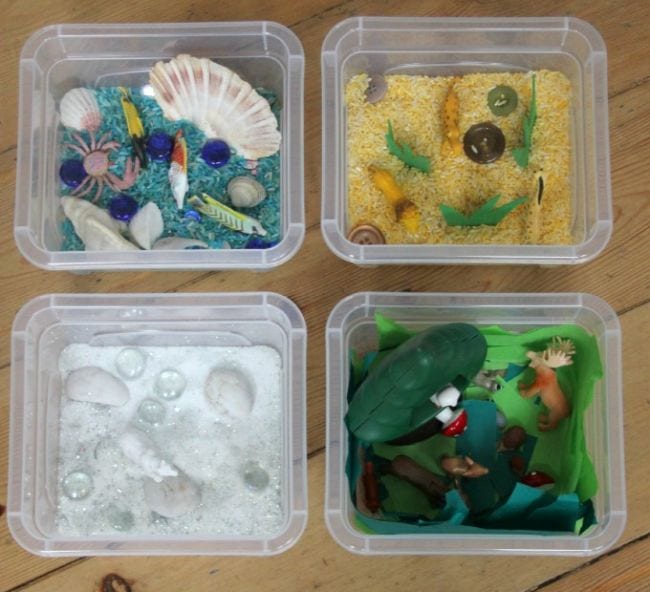
Assemble an assortment of mini animal habitat sensory tubs for kids to play with using small plastic animals … or their imaginations!
Learn more: The Imagination Tree
6. Sort animals using a Venn diagram.
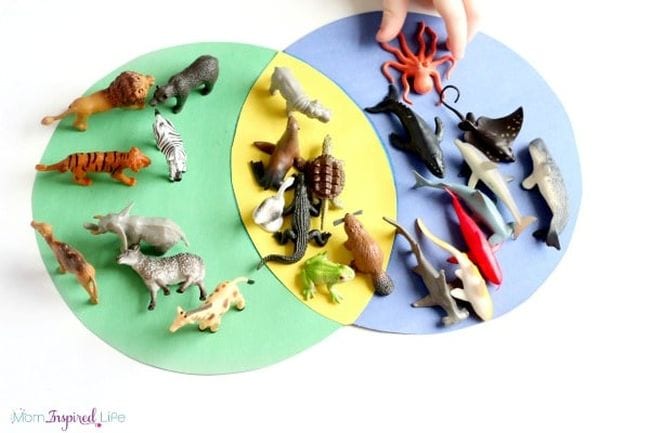
Grab a tub of plastic animals and start sorting them by habitat. You're bound to find at least a few that spend some of their lives in more than one. That's where Venn diagrams come in handy!
Learn more: Fun Learning for Kids
7. Build animal habitats with STEM toys.
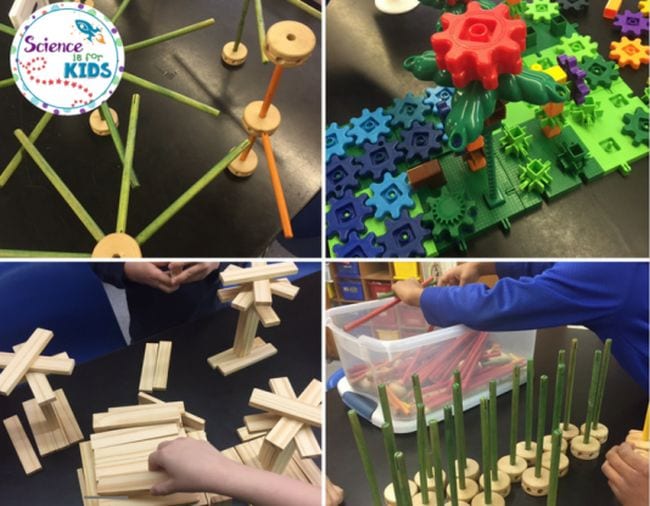
Round up your favorite building blocks and construction toys and ask kids to build their favorite animal habitats! This STEM challenge is fun for kids of all ages.
Learn more: Science is for Kids
8. Snack and sort animal crackers.

Take a closer look at your animal crackers and think about the habitats those creatures live in. Such a delicious way to learn!
Learn more: Kindergarten Worksheets and Games
9. Make a felt sorting mat.
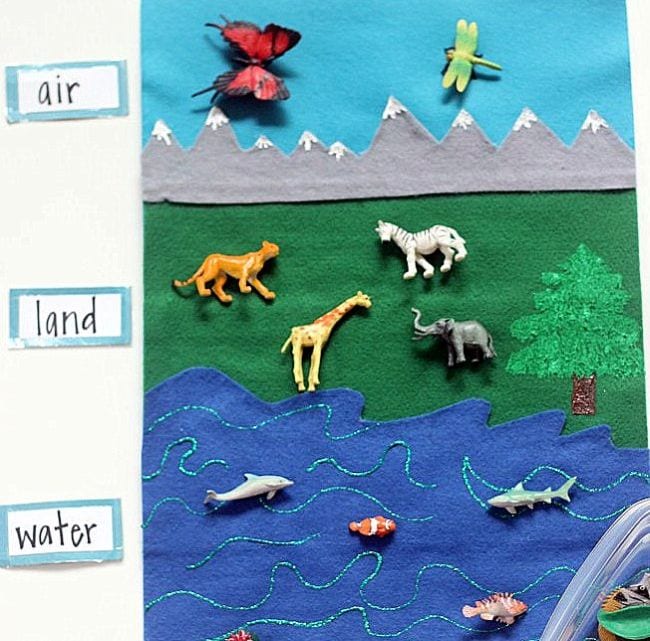
There are lots of animal sorting activities, but we love this reusable (and adorable) felt mat. It'll take a little work upfront, but kids can use this for years!
Learn more: Slinky + Moose
10. Write a For Sale ad for a habitat.
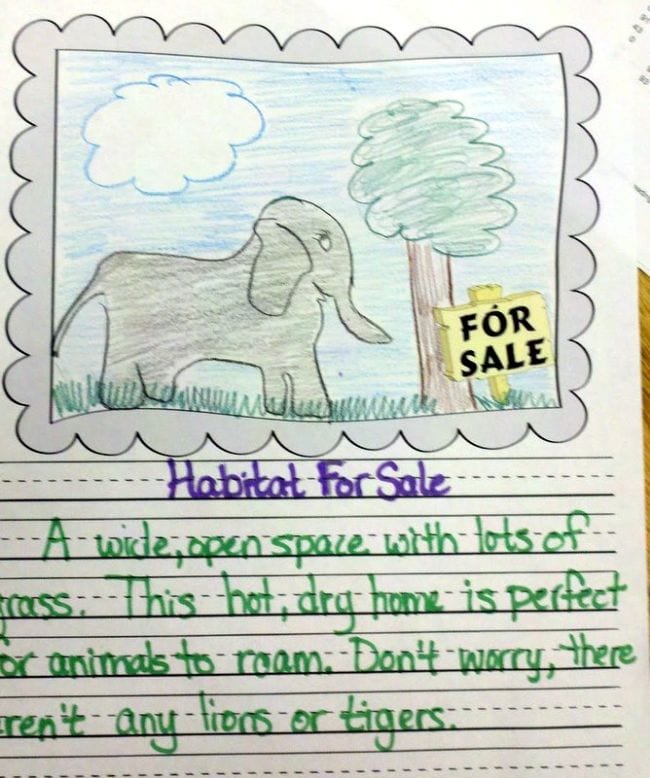
This clever writing exercise asks kids to "sell" their favorite animal habitat. It's good practice with both habitat characteristics and persuasive writing.
Learn more: Teacher by the Beach
11. Put together an animal habitats triorama.
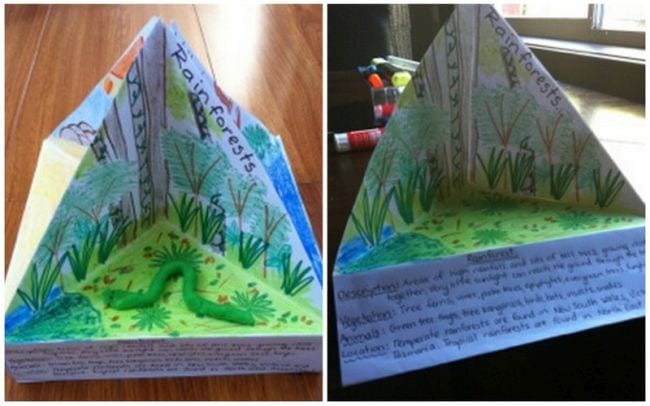
Dioramas are so last year … make trioramas instead! They're easier than they look, and you can put multiples together to make really cool displays. Get the how-to at the link.
Learn more: Relief Teaching Ideas
12. Use a paint chip to represent ocean layers.
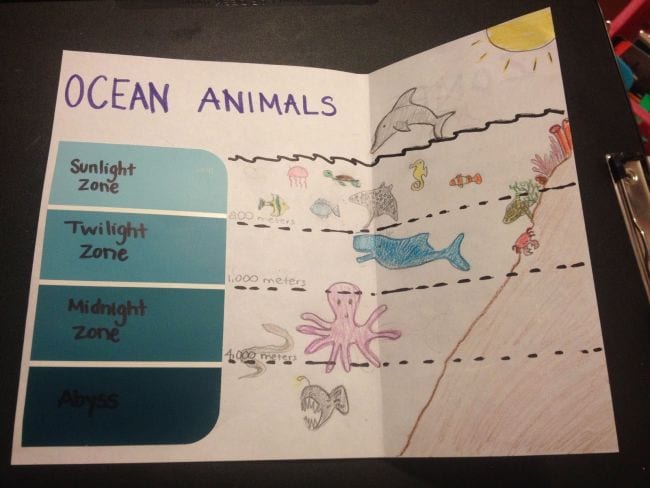
This is such a clever way to learn about the zones of the ocean! Grab a blue paint chip and label it with the zones, then draw the animals that correspond with each layer.
Learn more: Learning By Doing
13. Fill ocean zone sensory jars.
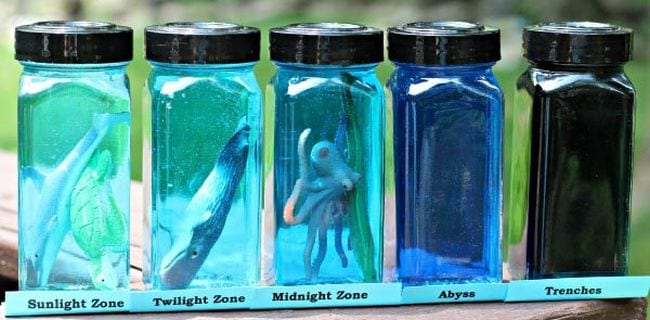
Here's another cool idea for exploring the ocean zones. Use blue food coloring to tint the water in each layer, and add an animal that lives there.
Learn more: Edventures With Kids
14. Watch waves in a bottle.
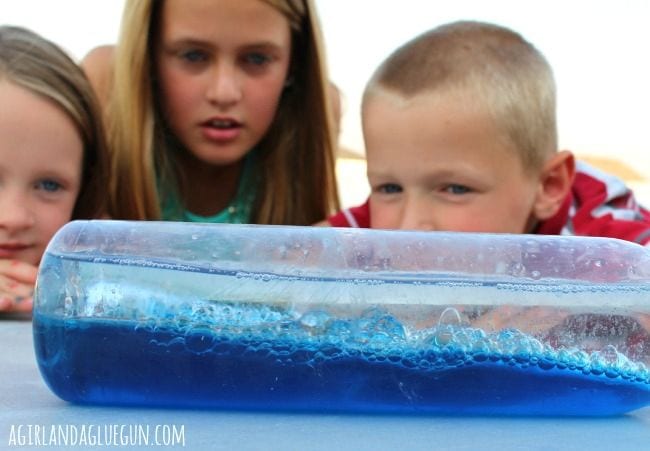
Understanding how waves work is an important part of learning about ocean habitats. Make one of these cool wave bottles to see them in action.
Learn more: A Girl and a Glue Gun
15. Create sand dunes in the sandbox.
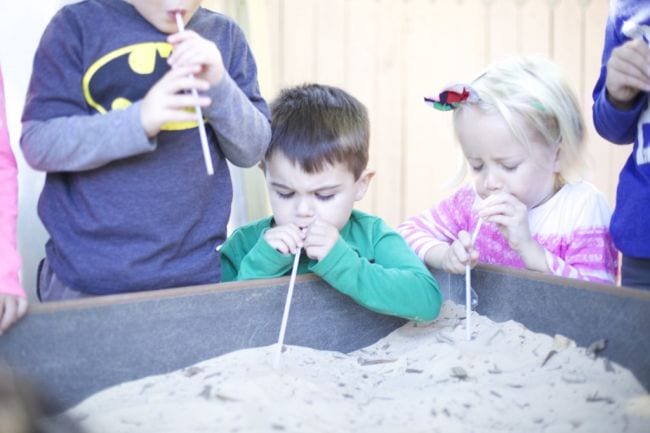
Head out to the sandbox (or pour some sand into a shallow bin) and use straws to blow up some dunes—a key part of a desert habitat.
Learn more: Creative Tots
16. Build an arctic habitat with snow.
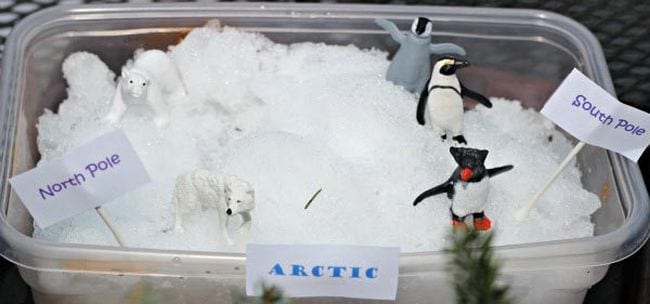
Scoop up some real snow or make your own fake flakes. Then label the North and South poles and add the right animals for a model Arctic habitat.
Learn more: Edventures with Kids
17. Learn how Arctic animals stay warm.
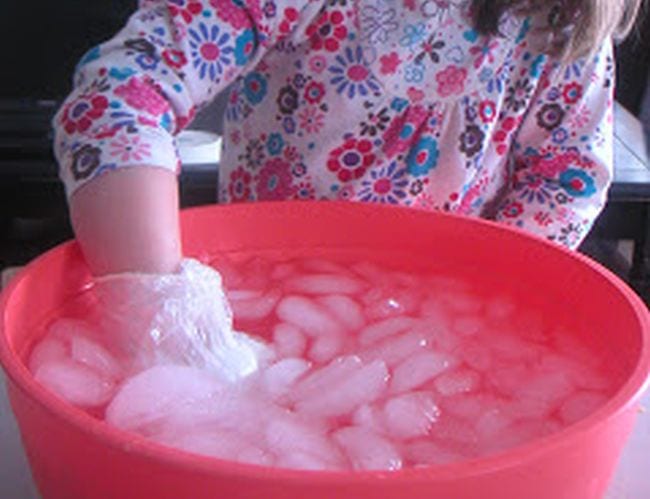
Discover how animals stay warm in freezing temperatures with this quick experiment where shortening substitutes for animal fat. It's a little messy, but the learning experience is worth it.
Learn more: Discover and Learn
18. Prepare for nesting season.
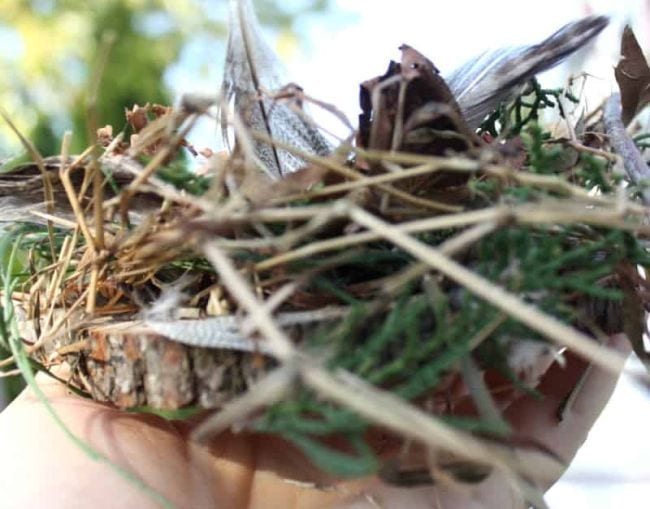
Nests make up a key part of a bird's habitat, at least during the breeding season. Give your kids a selection of materials (twigs, grasses, yarn, leaves, etc.) and challenge them to build their own nest. It's harder than they think!
Learn more: View From a Step Stool
19. Assemble a rainforest terrarium.
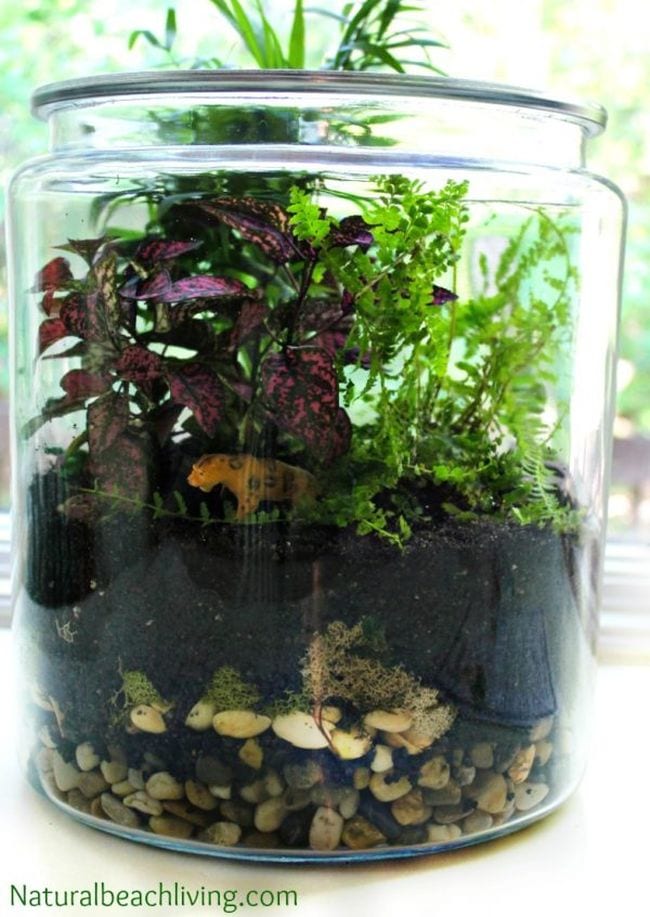
This gorgeous project results in a lovely decoration for your home or classroom. Follow the steps at the link to layer your terrarium, and be sure to add a few fun rainforest animals too! (Find more rainforest activities here.)
Learn more: Natural Beach Living
20. Compare pond water with tap water.
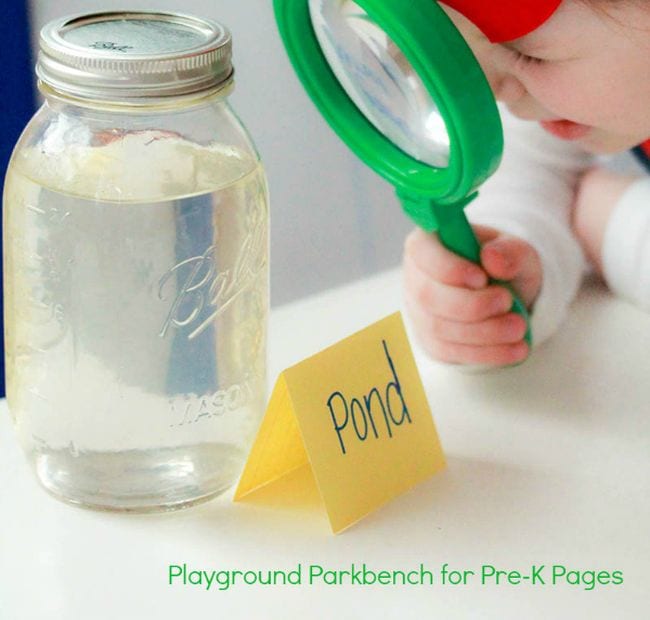
Fill a jar with water from a local pond, then take a closer look with a magnifying glass or microscope. Compare that with water from tap in the sink; what's the same and what's different?
Learn more: Pre-K Pages
Love animals? Check out these 25 nature webcams from around the world.
Plus, get 17 creative ways to teach the plant life cycle .
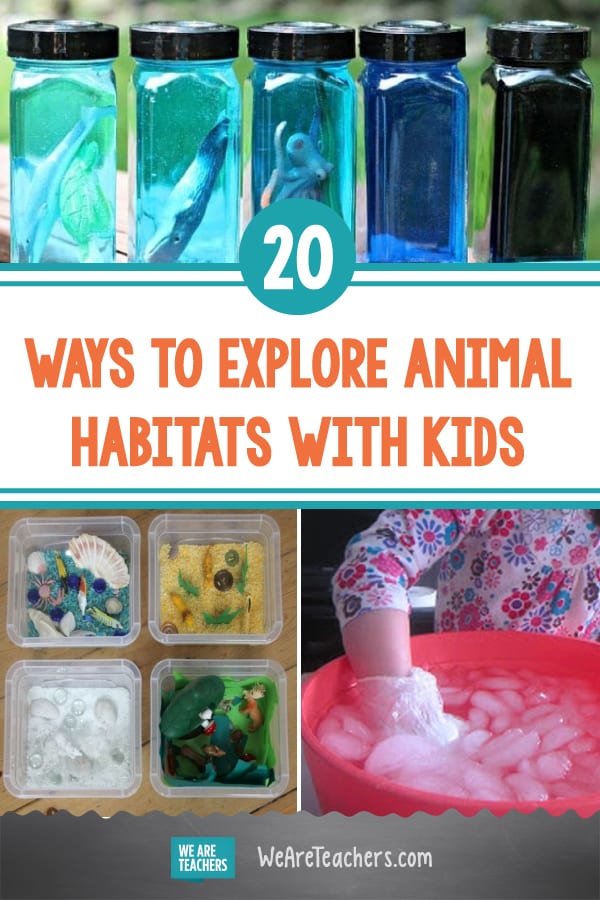
Source: https://www.weareteachers.com/animal-habitats/


0 komentar:
Posting Komentar